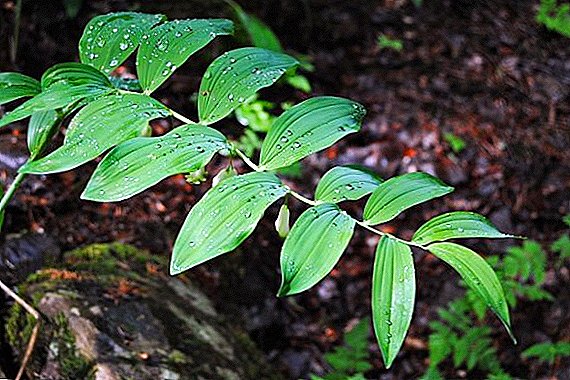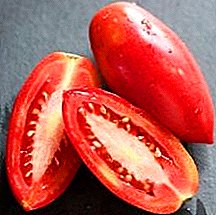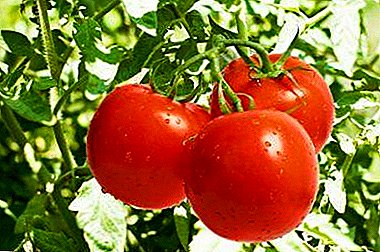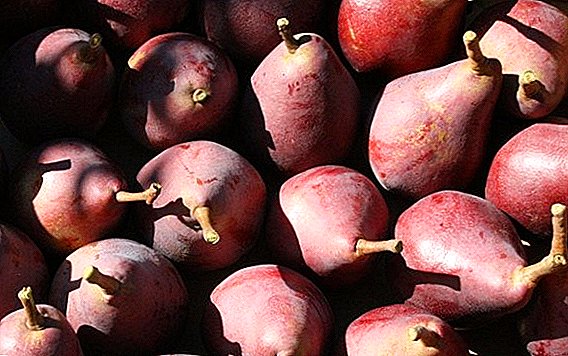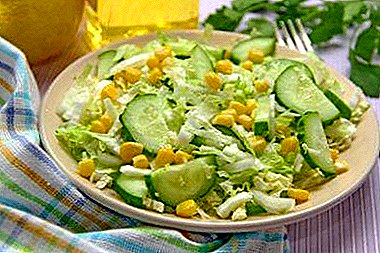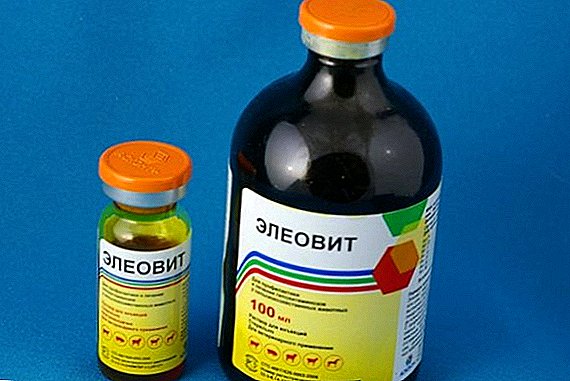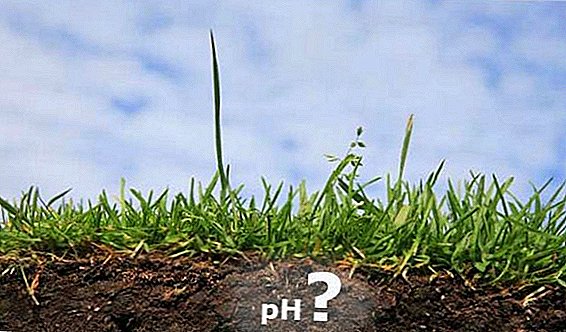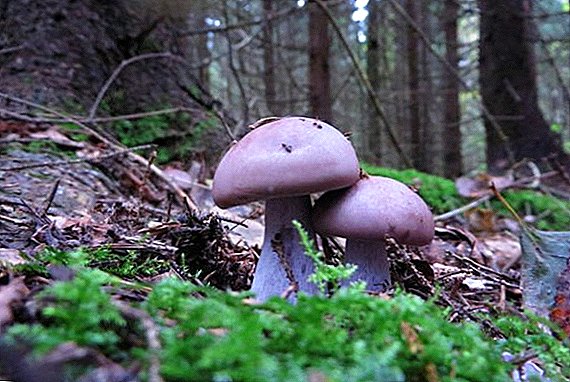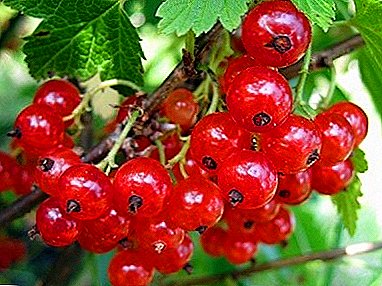
Red currant you need to plant in your summer cottage already only for its extraordinary beauty. Its bushes fit organically into any landscape.
In the spring in bloom, and in the summer in bright berries, like pomegranate beads, red currant bushes, of course, decorate the garden area.
In addition, the berry has a number of useful properties. So that will please the eye, and bring benefits.
Description varieties marmelade
Red currant "Marmela" description. Quite a dense bush of semi-sprawling form and medium height. Shoots grow thick and straight. Slightly pubescent. Large buds with pointed tips, inclined away from the shoot.
Medium sized leaves have a dark green color. The shiny, leathery surface of the front contrasts with the strong lower pubescence. Sheet has five blades and a wavy edge. The leaf is fastened with a long thick stem of green color.
Average length brushes up to 8 cm. In shape - arcuate and very dense. Evenly spaced on the branches.
Berries red with an orange tint reach weights up to 1g and have excellent taste. In this regard, they are often used for making jam, especially in combination with summer varieties of apples, which include: Robin, White Beer, Jubilee, Wonderful and Southern.
Breeding history and breeding region
 The Alma mother of the variety is the All-Russian Research Institute for the Breeding of Fruit Crops of the City of Oryol. And the author - Bayanova L.V.
The Alma mother of the variety is the All-Russian Research Institute for the Breeding of Fruit Crops of the City of Oryol. And the author - Bayanova L.V.
It is the result of the crossing of the German variety Rote Spätlese (Rote Spatlese) and Maarsis (Marshal) Promenent.
The name of this variety was for its property, namely: the ability to quickly freeze the juice, even without heating, almost immediately after pressing.
Testing has been held since 1996.
Specifications
Characteristic for the variety:
- precociousness;
- self-fertility;
- winter hardiness;
- high yielding;
- resistance to fire
It belongs to varieties with a late ripening of berries. Somewhere in mid-July. Around the same time, black currant varieties ripen: Belarusian Sweet, Gross, Dachnitsa, Bagheera and Gulliver.
Bushes at the age of 3-4 years are able to yield up to 2 kg. All gardeners have high yields. Immediately appear buds, then brush and in the last turn - the leaves. Flowering lasts about two weeks.
After tearing off the tail, the berry remains dry. It has good transportability. When transporting does not lose its presentation.
It has a slightly sour taste and two undeniable. merits:
- high content of vitamin C;
- high content of pectic substances.
In application is universal. Berry is good fresh.
You can cook jams, juices, compotes and syrups.
Red currant "Marmela" ideal for making jelly, as it contains a large amount of pectin. It tolerates freezing, while maintaining the presentation and useful properties.
A photo





Planting and care
For landing, it is better to choose non-shaded places, protected from the wind.
 The depth and width of the pit for planting a bush should be two times larger than the root ball.
The depth and width of the pit for planting a bush should be two times larger than the root ball.
Loosen the ground in the pit, fill the compost and mix it with loose earth. Roots should be straightened.
Root the neck a little bit. Tamp the ground around the bush.
Lay the mulchwhich to add every spring. It is necessary to retain moisture, restrain the growth of weeds, reduce the temperature of the soil in the heat.
Soil requirements:
- well drained;
- wet
- with low groundwater;
- high in clay and sand;
- non-acidic.
Trim you need to regularly in early spring, leaving from 9 to 10 shoots, including several pieces of one-year, two-year and three-year. All shoots that are older than four years, must be ruthlessly removed.
Breeding very simple, cuttings. It is enough to sprinkle a branch, bent to the ground, with soil in the spring, and to dig out and plant in the selected place in the fall. With this method, the root system of the currant bush develops very well.
Diseases and pests
Berries attract birds. To protect the crop, you can throw a grid on the bushes.
 Amazed aphids. This is the most common pest of currants.
Amazed aphids. This is the most common pest of currants.
It should regularly inspect the bushes and at the first detection even small foci of this pest treat currants with insecticides.
Kidney mite and terry not terrible this variety. Mealy dew and anthracnose quite rarely affect, as the variety is resistant to these diseases.
We bring to your attention detailed articles about diseases of garden crops: anthracnose, chlorosis, oidium and mildew, bacterial cancer, //selo.guru/ptitsa/bolezni-p/gribkovye/parsha.html and rust.
I would like, without diminishing the merits of other types of currants, to point out the usefulness of the red berries.
It is not necessary due to uprooting of red currants to plant black. Need to find a place for both!
It is believed that black currant has a stronger healing effect than the red one.
However, in alternative medicine, red currant is used along with black currant as a means:
- antipyretic;
- astringent;
- mild laxative;
- improves digestion;
- diuretic, etc.
The simplicity and high yield of this variety are an undeniable advantage when choosing a currant planting material for the garden plot. But do not get around their attention and these varieties: Andreichenko, Natalie, Beloved.


